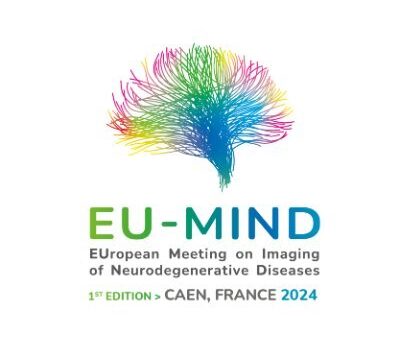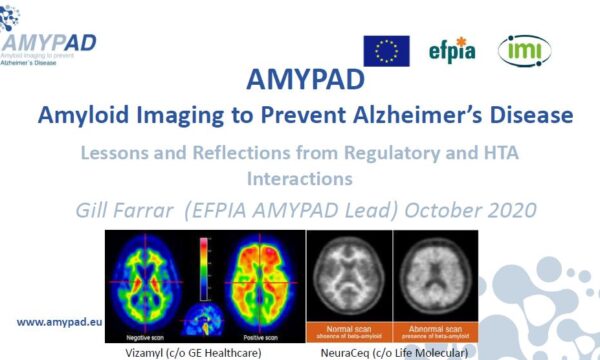What is your current role on AMYPAD?
I am working on a tool for trial design optimisation. The primary goal is to provide a modelling framework that can help enrich clinical trials. As a research engineer at IXICO, my job is to translate latest trends in Artificial Intelligence (AI) and deep learning into clinically relevant tools. I am aiming to bring these ideas to the concept of disease modelling for the AMYPAD project.
I joined the WP5 team earlier this year and have felt incredibly welcome and it is a pleasure listening to and learning about some great research from the AMYPAD community!
What is your overall vision?
Artificial intelligence transcends disciplines, and it is incredibly fruitful and exciting to mix techniques from unrelated fields. On top of that, researchers from the Alzheimer’s disease (AD) field now have access to unprecedented levels of data – thanks to projects like AMYPAD. It is now our duty to maximise the value of this data and to provide insights and actionable information back to the AD community.
My vision, for my contribution to the AMYPAD project, is to combine cutting edge statistical disease models with deep learning in order to increase the power of such modelling techniques. More widely, I think that linking disease status to amyloid-PET imaging is hugely important for future clinical diagnosis and treatment studies. By combining this with deep learning and particularly ‘explainable AI’, more complex information can be extracted from the modality to create novel biomarkers.
What do you find most challenging about the project?
Whilst separate studies collect masses of data, the different data types and scanning protocols don’t always overlap. Consequently, whilst new data can be hugely informative, it can be a challenge for the modeller. This is because generalising a framework between different studies (say AMYPAD to ADNI and vice versa) may not be possible, because of the differences in data collection. Overcoming this hurdle is the key to providing a successful modelling strategy, that can be deployed in future clinical trials.



